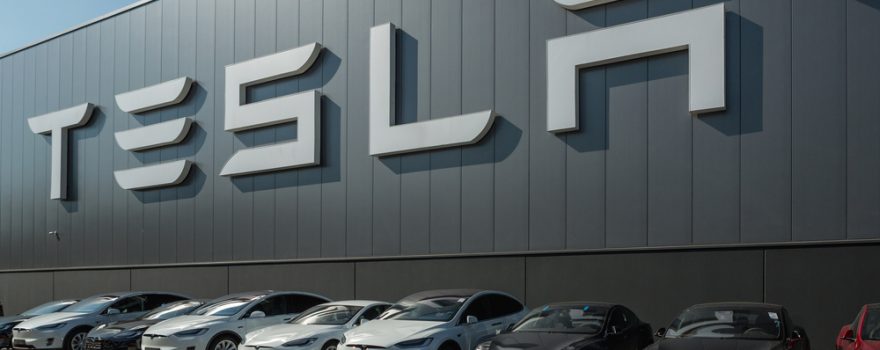
Tesla, the electric vehicle (EV) giant, has raked in a staggering $9 billion since 2009 by aiding competitors in selling internal combustion engine (ICE) cars. Despite exclusively manufacturing battery-electric vehicles (BEVs), the company has found an unexpected revenue stream through regulatory credits, a revelation unveiled in its recent annual report filed with the U.S. Securities and Exchange Commission (SEC).
Regulatory Credits: The Unseen Cash Cow
Regulatory credits, often overlooked, are essentially subsidies transferred from automakers failing to meet zero-emission standards to those complying with environmental regulations. Tesla, being a leader in the EV space, cashes in on this lucrative market by selling regulatory credits to rivals still reliant on traditional ICE vehicles. In 2023 alone, Tesla pocketed a remarkable $1.79 billion from these credits, contributing to a cumulative $9 billion since 2009.
Net Profit Paradise
While the percentage of regulatory credits in total sales may not be headline-grabbing, Tesla incurs minimal additional costs in this realm. The entire revenue from these credits becomes net profit, providing a substantial boost to the company’s bottom line. Surprisingly, it was these credits that propelled Tesla into profitability in 2020, contrary to earlier expectations.
Growing Trend Amidst Stricter Regulations
As emission standards tighten globally, Tesla’s regulatory credit business is poised for further growth. Europe is set to implement stricter emission standards, and the UK plans a gradual ban on ICE cars, ensuring a sustained demand for regulatory credits. The sluggish electrification efforts by competitors, including major players like Volkswagen and General Motors, further solidify Tesla’s position as a go-to source for compliance assistance.
Bright Future Amidst Electrification Slowdown
The current trend shows no signs of reversal. Stricter emission rules, coupled with the deceleration of electrification efforts by major automakers, position Tesla’s regulatory credit business for continued success. Notable companies like Volkswagen, General Motors, Honda, and Jaguar Land Rover have sought Tesla’s assistance in meeting emissions standards, highlighting the enduring relevance of this unexpected revenue stream.
In the ever-evolving landscape of the automotive industry, Tesla’s financial success from aiding competitors in the sale of ICE cars stands as a testament to the unconventional avenues through which innovation and profitability can intersect.
